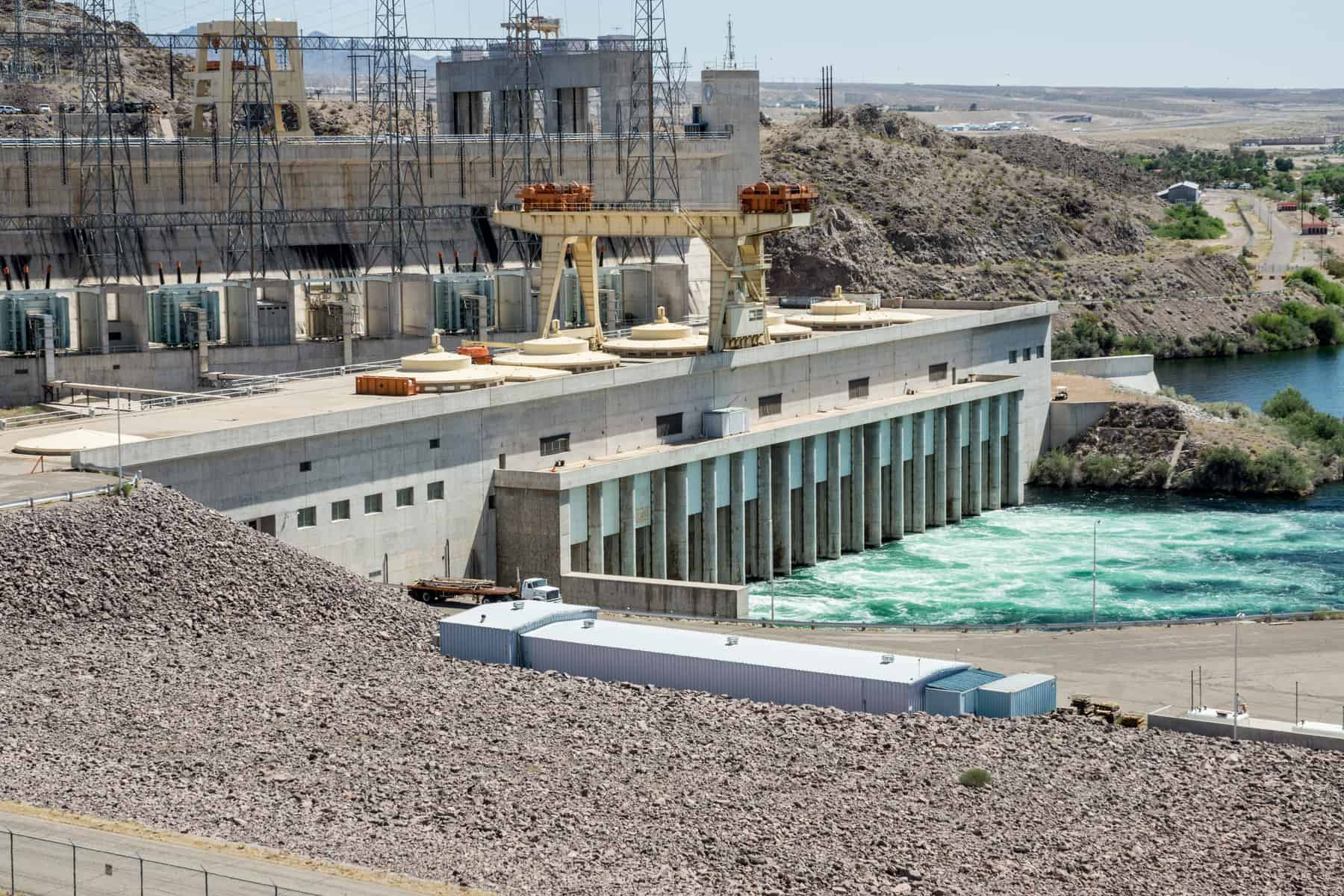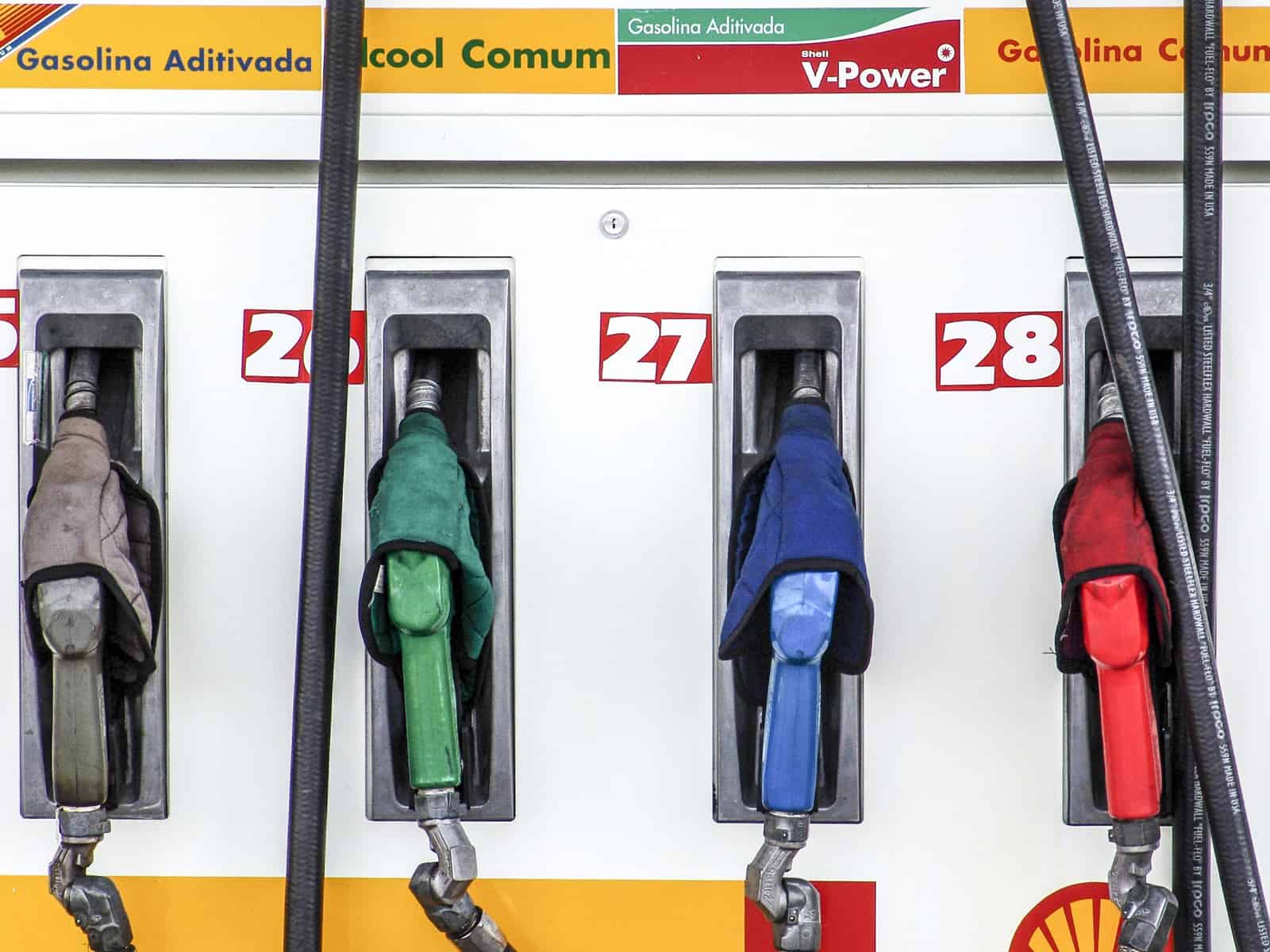Economic Growth vs The Environment

As societies become wealthier, concerns shift from economic growth to environmental protection. The environmental Kuznets curve (EKC) models this phenomenon. Environmental degradation increases as per capita income increase until a turning point at which the environment improves, although per capita income continues to increase. In the United States, the first 100 years after the Second Industrial Revolution saw significant increases in energy consumption, emissions, and environmental deterioration. At a turning point sometime in the 1960s, environmental protections became more important, yielding several pieces of landmark environmental legislation, including the Clean Air Act of 1963, the Clean Water Act of 1972, and the Endangered Species Act of 1973. President Nixon created the Environmental Protection Agency in 1970 to create regulations and enforce congressional legislation relating to environmental issues. Since then, the United States has implemented many other prominent pieces of environmental legislation.

The EKC simplifies the relationship between per capita income and environmental degradation. Therefore, the model receives criticism for ignoring some empirical evidence to its contrary. For example, in the United States, carbon emissions are not decreasing along the curve. Some explain this phenomenon by highlighting that as global income inequality increases, environmental degradation shifts to less affluent countries or regions.


